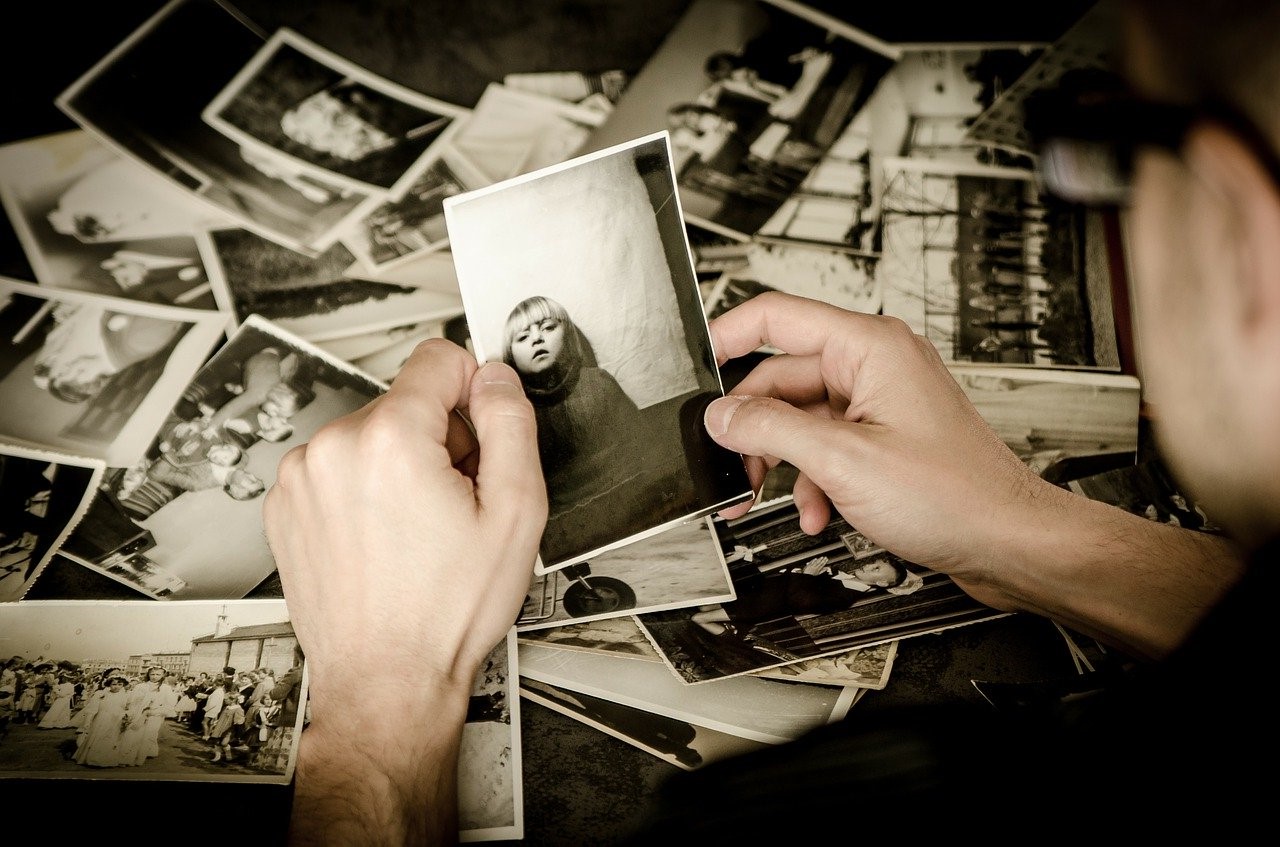9 – Lighting care
Lighting can make a difference in your photos or lead them to failure. In photojournalism, you should always pay attention to your light source, be it natural or artificial. Also, it is vital to focus on the angle from which you approach the light, the time of day you will be filming, and the way you expose your image are also important. Each of these elements can have a dramatic effect on your images.
10 – Create a website
For less than you might expect you can have your own web domain name. Posting some examples of your photography and a link to how to contact you is an excellent way to enhance your career in photojournalism and get new work.
Send this link to newspaper editors in your area and ask them to consider it in future freelance opportunities. As a freelancer in photojournalism, you can create an extremely lucrative business, and companies can hire you to advertise their product.
However, when creating your own website is not possible, consider submitting your photos to a website that specifically displays the work of amateur photographers. Getting started in an online format can really give you an edge these days, especially with the growth of digital photojournalism. The move to the electronic news display has been a big differentiator in recent years, but there is still only a small group of people who have knowledge in this area.
Showing that you have the ability to publish your images on the web effectively will give you an advantage over others who can’t, and often give you incredible photojournalism opportunities.
11 – Write in your own blog
As a diary for photographers, a blog can be a great way to track your progress and show your ability to work in the increasingly important online format. Many blog hosting sites are free and easy to create and start writing in no time.
Try to post a photo on your blog at least once a week to illustrate your consistent and professional efforts. After a few months, you will be able to come back to see how much you really improved. Or, you can find an old post to inspire you to continue again with a previously paralyzed photojournalism project.
12 – Promote your work
Creating a website, a blog and posting your first photos are not enough. You need to make your work known as much as you can and publicity is the best way to do it. It is hard to understand why some photographers deal with your work as an invaluable piece of art that everyone is trying to steal.
First of all, it’s not. And secondly, it’s hard to be noticed in the field of photojournalism if your work is hidden under seven keys. So, show your work to someone in a good professional position, who can help you publish your photos, or publish yourself. The abundance of independent blogs today makes the task of being noticed more difficult than ever. While your eyes are on your work, your chances of getting other opportunities are many, don’t waste this chance.
It’s easy to find the names of local newspaper photo editors. Call or email me and say something like: “I captured a photo today that I believe you might be interested in seeing, can I send it to your email? If your photos are good enough, the editors will notice your work and contact you again.
13 – Be persistent
Sometimes an editor doesn’t answer your first contact, that doesn’t mean you didn’t make a good impression. The most important feature of great photojournalism professionals is persistence.
Editors are busy people, keep contacting them not too often, of course, but at least once a month and try to take good pictures. In this way, you will end up attracting attention and creating your own opportunities in photojournalism.
14 – Shoot every day
One thing you should take into consideration in photojournalism is that you need to practice as much as you can to improve your techniques and grow in this market. Most experts take a daily dose of photojournalism, so go out every day with a camera and some memory cards, lenses and other accessories and practice photojournalism.
Doing so not only provides consistent physical and mental exercise, but gives you something to express, work on and live photojournalism fully. Take every opportunity to photograph and create fantastic images of photojournalism, the more samples of your work the easier it will be to find opportunity.
Conclusion on photojournalism
Photojournalism tells stories of other people through its photos. While many newspapers and magazines in print and online require an academic degree to join the team, your skills with your photographic equipment and the quality of your images can take you further in the effort to begin your career in photojournalism.
In these last two articles, you can check out some tips on how to improve your results and above all the ways to identify and present a good story. After all, photojournalism is all about telling stories, so you need to learn how to do it the best way possible.
Also remember that your experience has a lot to add to your photos, but that your actions speak louder than anything else. Thinking about it, don’t expect a good opportunity to show off your talents in photojournalism. Nowadays, anyone can share your work easily and conquer your space.
Take advantage of these tips to enhance your work and feel free to leave your own tips in the comments field below, or simply present your opinion on this article.


